If you are planning a trip to India, you may want to time your trip to coincide with one of these famous Indian festivals that are worth visiting. While some of them may not be suitable for everyone, we are sure you will find this list fascinating no matter the occasion…
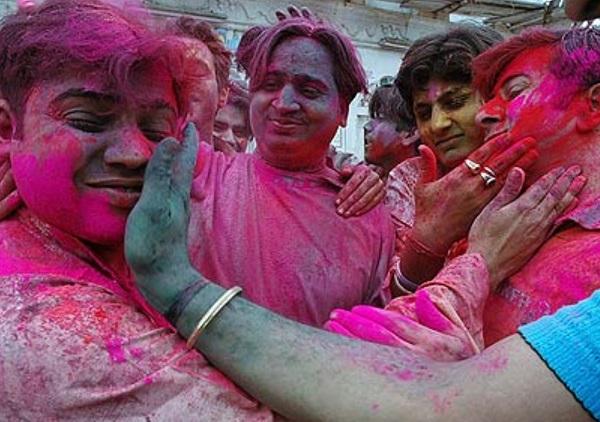
Holi
Holi is the famous Indian festival of colors. Celebrated in spring, Holi is the festival of colors in our lives. Marked by the amazing combination of colors and water, it is one of the most famous festivals in India. It has become a symbol of Indian culture in different parts of the world.
This festival has various aspects associated with it. Apart from being the messenger of spring, it is believed to spread the ideas of social harmony and national integrity. People of all religions and castes paint each other with gulal on this occasion. There are many interesting myths associated with the origin of Holi. The entire nation paints itself on the occasion of Holi, with the largest celebration being held in the northern Indian state of Uttar Pradesh.
Durga Puja
Durga Puja, the most important festival of West Bengal, is marked by celebrations that last for five long days. During this time, the entire state dresses up in new clothes and its people create an aura right from the beginning of the festive season known as Mahalaya. Decorating the house and buying gifts for friends and relatives are the most important activities that people engage in.
The celebrations begin with Bodhon on Maha Shashti, with the first day being dedicated to welcoming Goddess Durga as it is believed that the goddess descends to earth on this day. The last day of the celebrations ends with immersion of idols in nearby water channels on the evening of Dashami as it is believed that the goddess returns to her abode on this day.
Nowadays, the cultural as well as social significance has taken the Durga Puja celebration to a high level, which is now considered much more than just a religious festival. There is a huge influx of tourists during these five days of cultural extravaganza. It is undoubtedly one of the important festivals in India.
Diwali
Diwali, also called Deepavali, is widely celebrated and is the most famous Indian festival. It is mentioned in the great Indian epic Ramayana and is celebrated to commemorate the victory of Lord Rama over Ravana.
The literal meaning of Diwali is a row of lights. In the evening, after offering prayers to Lord Ganesha and Goddess Lakshmi, people illuminate their homes with bright lights and candles, creating a stunning appearance. This is done with the eternal belief that not only the homes but also the lives of the people will become bright like light. Marked by many rituals, customs and festivities, Deepavali is a five-day process. According to the Hindu lunar calendar, the festival takes place on the moonless night of the dark half of Kartik. The highlight of the festival is the fireworks display that is held all over the country.
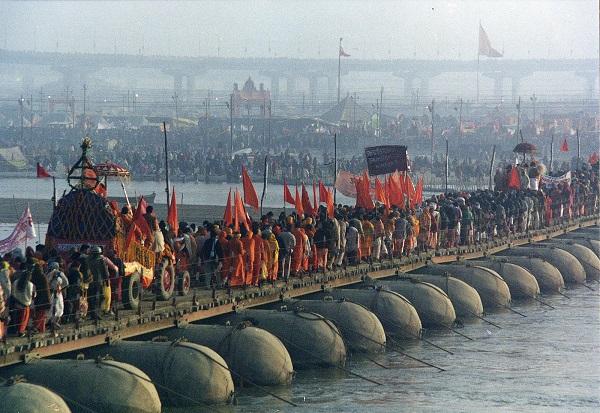
Kumbh Mela
The Kumbh Mela or Fair is the most grandiose act of faith in the world. It is marked by a huge gathering of Hindus on the banks of the sacred river Ganges. It is a sacred Hindu period of pilgrimage and bathing.
The regular Kumbh Mela is celebrated every 3 years, while the Ardh (half) Kumbh Mela is held every six years at Haridwar and Prayag. The world famous Purna (full) Kumbh fair is held every twelve years at Prayag (Allahabad), Haridwar, Ujjain and Nashik. After twelve Purna Kumbh Melas or 144 years, the Maha (great) Kumbh Mela is held at Allahabad.
Pilgrims from all over the world gather at these divine places and stay in tents owned by obedient and religious guides, as well as in several ashrams and hotels. Since some bathing dates are designated as royal, all major bathing days are marked by long parades led by Naga sadhus.
Id
Eid is an Arabic word meaning a festival. Muslims in India mainly celebrate two Eids – Eid al-Adha and Eid al-Adha. Eid al-Fitr marks the end of Ramadan and is a three-day Muslim holiday. Ramadan is the holy month of fasting for Muslims, during which followers of the Muslim religion observe a strict fast from dawn to sunset. Thus, Eid ul Fitr is celebrated with great enthusiasm.
Bakra Eid is also known as Eid-ul-Zuha and is celebrated on the 10th day of the month of Zilhaj in the Islamic calendar. Cohorts of the Muslim religion celebrate this day to thank God for their good fortune and to share it with those of lesser means. It is a festival of generosity.
Baisakhi
Baisakhi is an important festival celebrated in northern India, especially in the state of Punjab. It is associated with the harvest of rabi crops and occurs on the very first day of the month of Vaisakh, which usually falls in the months of April and May. Various events are held across the state of Punjab on this day. People from different religions offer prayers at the Golden Temple of Amritsar and Bhangra dances are organised as part of the cultural festivities. Several colourful fairs are also organised on this occasion.
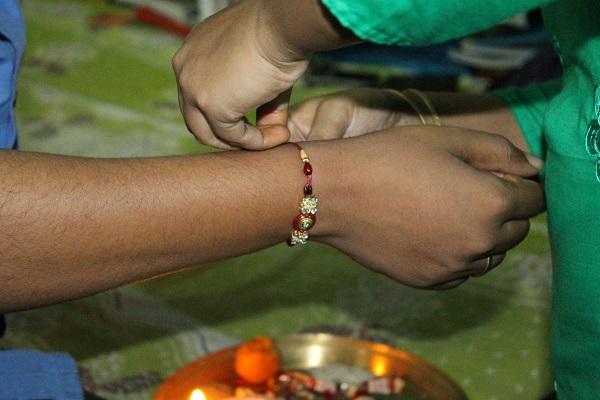
Raksha Bandhan
Raksha Bandhan or Rakhi is celebrated mainly in its northern region. It is dedicated to the beautiful relationship between brothers and sisters. Since it is about the undying love between the two, Raksha Bandhan is a promise to protect this sacred bond forever. This festival is celebrated every year on the full moon day of the month of Shravana as per the Hindu calendar. On this occasion, a sister ties a rakhi or sacred thread on her brother’s wrist. This is followed by Tilak Puja, after which the brother offers a gift to his sister. The brother and sister traditionally treat each other with sweets and pray for each other’s happiness.
There are several interesting fables and myths associated with the origin of this festival. The rituals observed by Hindus, Sikhs and Muslims are not limited to those who are related by blood or family ties. In fact, this ceremony can be performed by people who share a tender relationship between brother and sister.
Karva Chauth
Another important Indian festival that celebrates the most beautiful relationship on earth, that of husband and wife, is Karva Chauth. Celebrated by married Hindu women (and some Sikh women) in northern India and parts of Pakistan, Karva Chauth is a long-standing Indian ritual.
To ensure the well-being, wealth and long life of their husbands, married women observe a very strict fast on this occasion. They do not eat or drink water for the entire day. They dress up like newlyweds and decorate their hands and feet with intricate designs using henna, which is one of the most common traditions that is generally followed on this occasion.
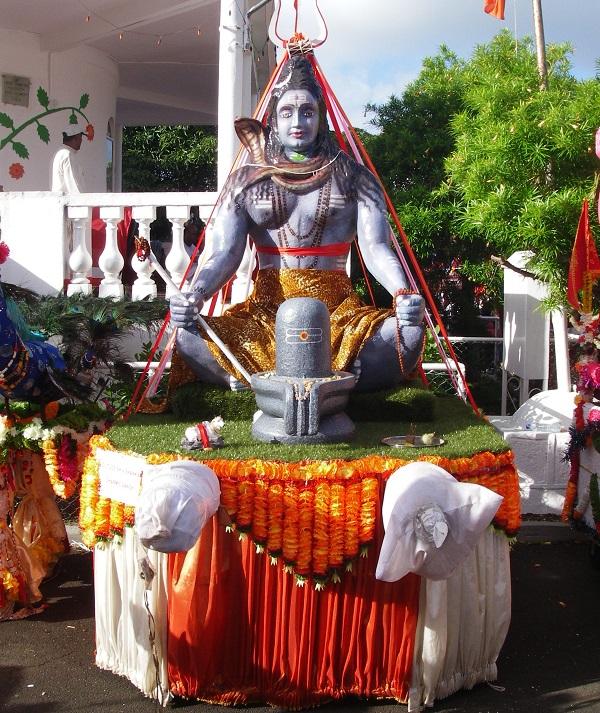
Maha Shivaratri
It means ‘the night of Shiva’. As the name suggests, this festival is dedicated to the Hindu god Shiva as he married Parvati on this day. The main rituals take place mostly at night. Apart from observing a strict fast on this day, people stay awake all night and worship the Shivalingam by bathing it every three hours with milk, curd, honey, rose water, etc. All this is accompanied by chants of the mantra Om Namah Shivaya. Shivaratri celebrations are widely held in temples in the southern part of India. Various artists perform throughout the night.
Republic Day
Indian Republic Day is celebrated all over India on January 26 to commemorate the date of adoption of the Constitution of India, replacing the Government of India Act, 1935 as the governing document of India on January 26, 1950. It is one of the three national holidays, a holiday on which the entire country celebrates, the other two being Independence Day and Gandhi Jayanti. The great passion and fervor of patriotism is reflected in the parades, marches and traditional dances that take place during the event.
Major celebrations take place in the capital, Delhi. The most popular part of this celebration is the air show, where roaring Indian jets leave their traces in the sky, mesmerizing spectators.


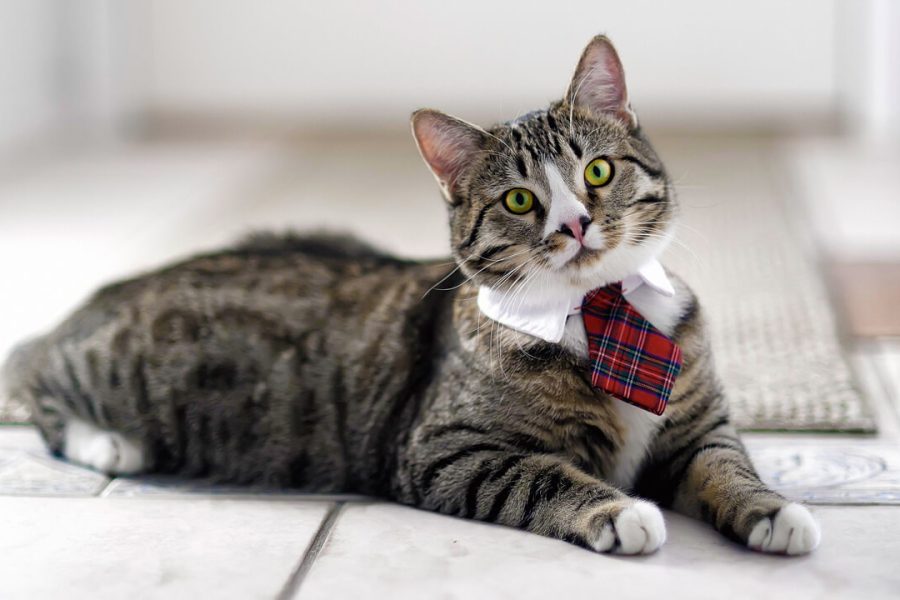






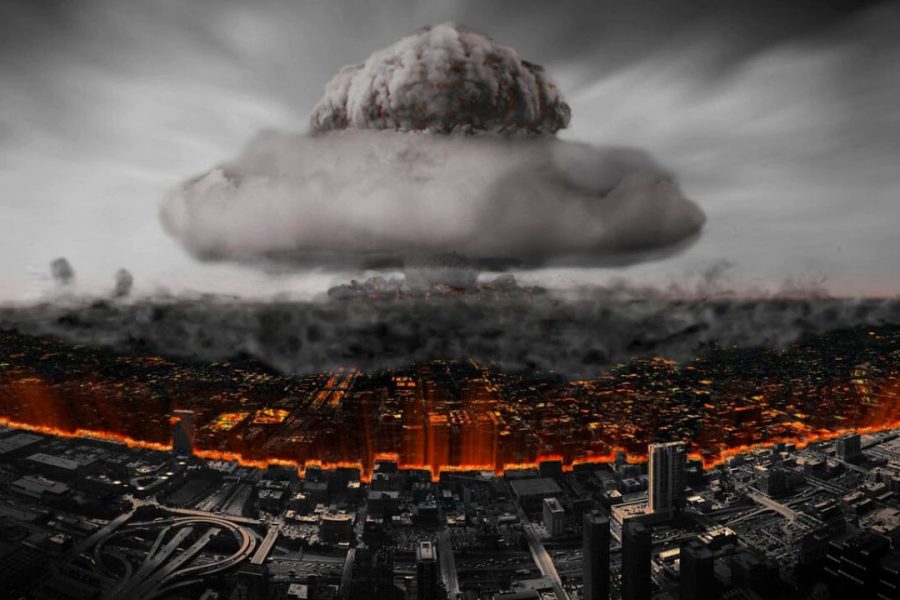



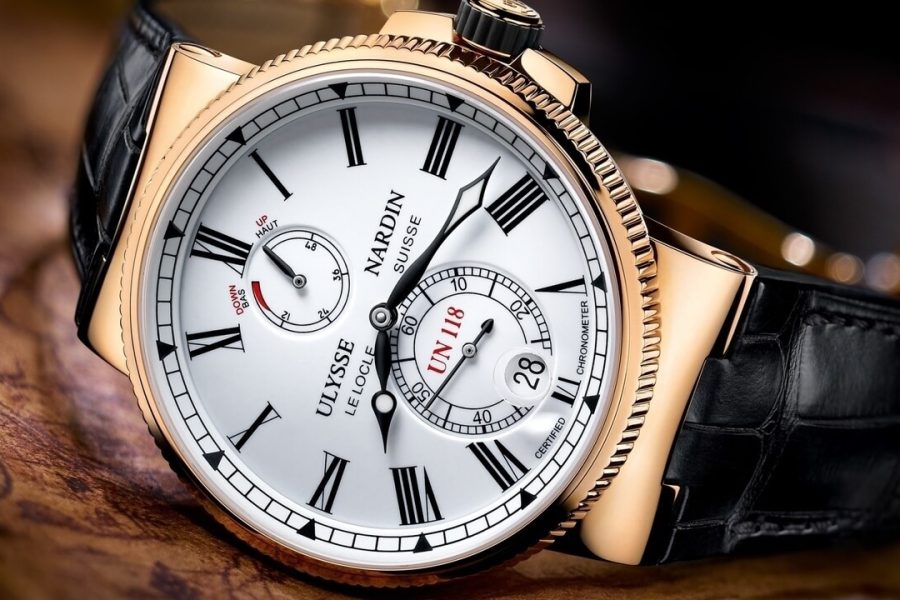
Оставить Комментарий